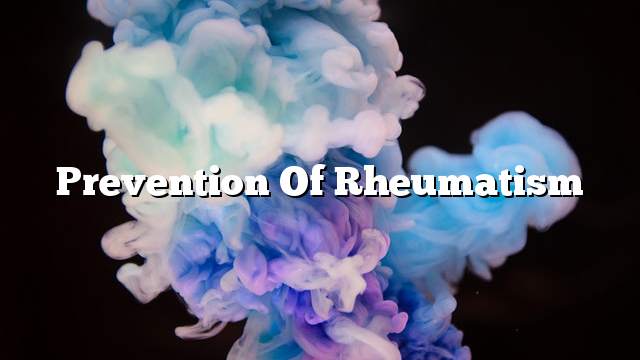The concept of rheumatism
Rheumatic disease is defined as an immune reaction that can be followed by pharyngitis or tonsillitis with a bacteria called group A of streptococcal staphylococcus aureus. Rheumatic fever occurs after two to three weeks of tonsillitis or sore throat, and it causes inflammation of the joints and may affect the heart muscle Inflammation also leads to heart failure.
Symptoms of rheumatism
- The patient ‘s feeling of heat
- Anorexia
- General weakness and palpitations in the heart
- Joint pain
- Sometimes the patient may get so-called dance
Prevention of recurrence of rheumatism
All patients with rheumatism must take penicillin for a long period of time to prevent recurrence of the disease. Patients are given penicillin penicillin 1.2mg by intramuscular once every three weeks or given phenoxicine penicillin 250 mg twice daily. For penicillin, sulfadazine should be given 0.5-1 g daily orally or erythromycin. This treatment should continue at least 20 years of age or at least five years after the last time the person has suffered from the disease.
The treatment of rheumatism is focused on complete comfort, aspirin and cortisone as well. The most important complications of the disease are its effect on the mitral valve leading to reflux.
